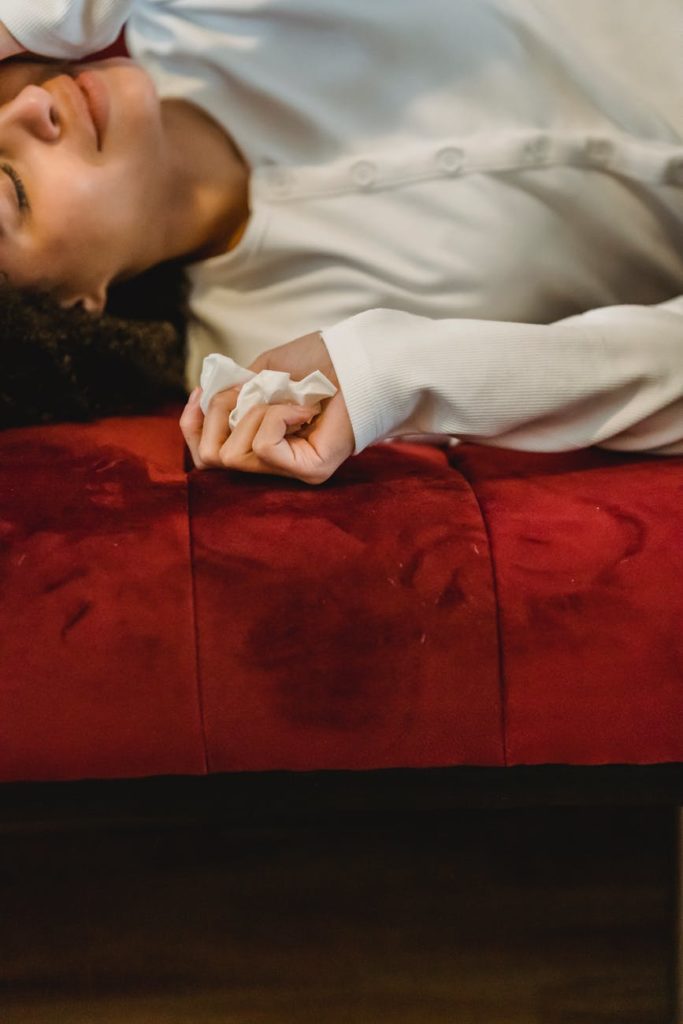In physical therapy, sacroiliac joint dysfunction treatment is typically focused on alleviating pain and restoring regular motion. Initial treatments for sacroiliac joint pain usually include. SIJ dysfunction is found in 10% to 25% of people who complain of low back pain. It is most often diagnosed in females. Physical therapists treat SIJ dysfunction to help decrease pain and restore mobility.

How is it diagnosed?
If you see a physical therapist first, he or she will conduct a thorough evaluation and take your health history. Sometimes, SIJ dysfunction is caused by a single injury. Most often, however, it is a condition that develops due to repeated irritation. Your physical therapist will gather information about your situation from the forms you fill out and an interview.
The session will be particular to help your physical therapist understand what you are suffering. Following specific questions can be asked:
- Did the injury occur?
- How have you taken care till now?
- Are you recommended for tests like MRI, CT-Scan or others?
- Tell me about your current symptoms?
- Does your pain vary during the day?
- What activities do you find difficult to perform?
- Which action or position eases your pain?
A physical examination will also be conducted like:
- Watch how you walk, balance on one leg, squat, etc.
- Examining the front and back of your spine, pelvis and hip with a gentle touch to determine the existence of symptoms.
- Checking mobility and strength of your spine, pelvis and hip.
How does it feel?
If you are suffering from sacroiliac joint dysfunction, the following can be felt:
- Sharp, stabbing on one side of your pelvis or tailbone.
- Pain that radiates down to the knee.
- Pain with standing from a sitting position, turning in bed, bending, or twisting
- Muscle tightness and tenderness in the hip/buttock region
- Pain with walking, standing, and prolonged sitting
- Pain that is worse when standing and walking and eases when sitting or lying down
Treatments options in Physical therapy
Physical therapy can be beneficial. Pain in the SI joint is frequently related to either too much motion or not sufficient motion in the joint. A physical therapist can teach various stretching or supporting exercises that can help reduce the pain.
Brief rest period – A rest period of 1 to 2 days may be advised. Relaxing for longer than a couple of days is not suggested, as doing so may worsen stiffness and cause increased pain and generalized deconditioning.
Applying ice or heat – Ice applied to the low back and pelvis can reduce inflammation and alleviate pain and discomfort. Heat applied around the joint may help relieve pain by reducing muscle tension or spasms in joints. Primarily Sacroiliac joint pain is effectively managed using non-surgical treatments.
Pain medication – Over-the-counter pain relievers and anti-inflammatory drugs may be recommended for mild to moderate pain relief. Prescription medications such as muscle relaxants or narcotic painkillers may be used during severe, acute pain episodes. However, these medications must be used with care, as they are highly addictive and can cause severe side effects.
Manual manipulation – Manual manipulation provided by a chiropractor, osteopathic doctor, or another qualified health professional can be highly efficient if sacroiliac joint pain is produced by too little motion. This therapy consists of manual procedures applied to the SI joint and lower back region to reduce joint fixation and muscle tension and restore normal range of motion.
Supports or braces – When the SI joint is too loose, a pelvic brace can be wrapped around the waist and pulled snugly to stabilize the area. A pelvic brace is about the size of a wide belt and can be helpful when the joint is inflamed and painful.
Sacroiliac joint injections – A local anaesthetic is injected with anti-inflammatory medication to decrease inflammation and help alleviate pain. The pain relief from a joint injection can help minimize pain when starting a physical therapy program and returning to normal activity levels.
Stretching – reduces muscle tension and fits in the lower back, hips, and pelvis, including the piriformis, gluteus maximus, and hamstring muscles. Tension in these muscles induced by sacroiliac joint dysfunction can be the primary cause of pain.
Strengthening exercises – to better support the sacroiliac joint and pelvis/lower back. Better support for the joint can strengthen the abdominal muscles, lateral trunk muscles, and low back muscles.
Aerobic exercise – elevates blood flow and brings nutrients and oxygen to damaged tissues, facilitating the healing process. Low-impact aerobics may be needed for SI joint dysfunction to minimize pain from exercise and can include stationary cycling, running on an elliptical, or water aerobics.
Exercises for sacroiliac joint dysfunction are designed to gently return the joint to normal function and mobility, reducing pain and other symptoms. Activities may be individualized and vary from case to case.
The two sides of the sacroiliac joint typically work together. Therefore, SIJ dysfunction can occur when:
- One side of the joint becomes stiff, causing a lack of coordination.
- One side of the joint becomes too loose (lax). This condition may occur in women of childbearing years due to hormonal changes.
- Muscle imbalances and hip problems develop.
- Arthritis is present, causing inflammation.
- One or both sides of the joint are injured.
- A fall where you land on one side of the body, altering the position of the joint.
- Over-training by an athlete, causing too much stress on the joint.
For many patients, SIJ dysfunction is not preventable and an unfortunate part of the ageing process. Yet, the severity can be decreased through proper physical therapy treatments, medication or injections. In addition, one has to maintain a good body weight and a healthy lifestyle to reduce sacroiliac dysfunction symptoms.
